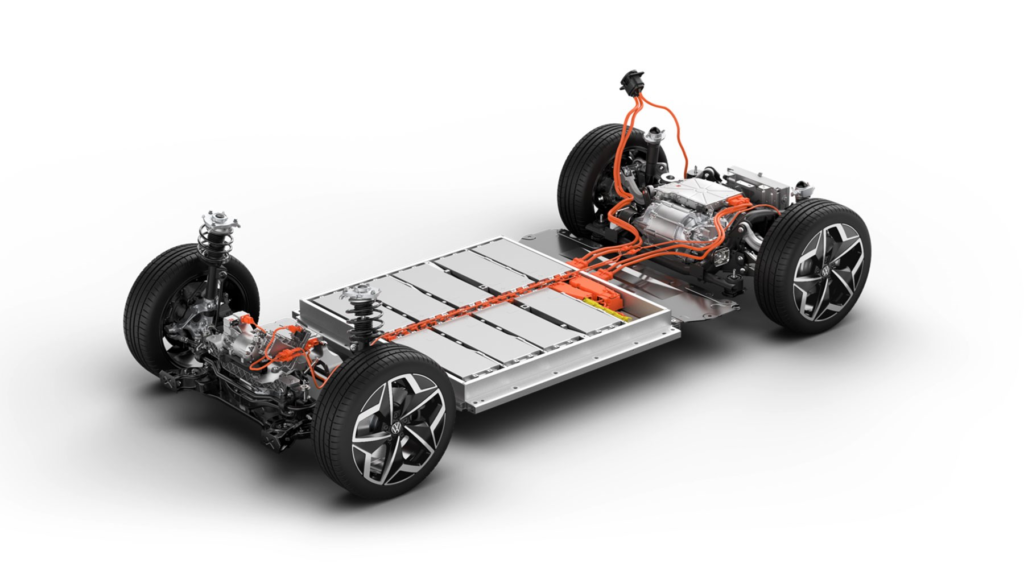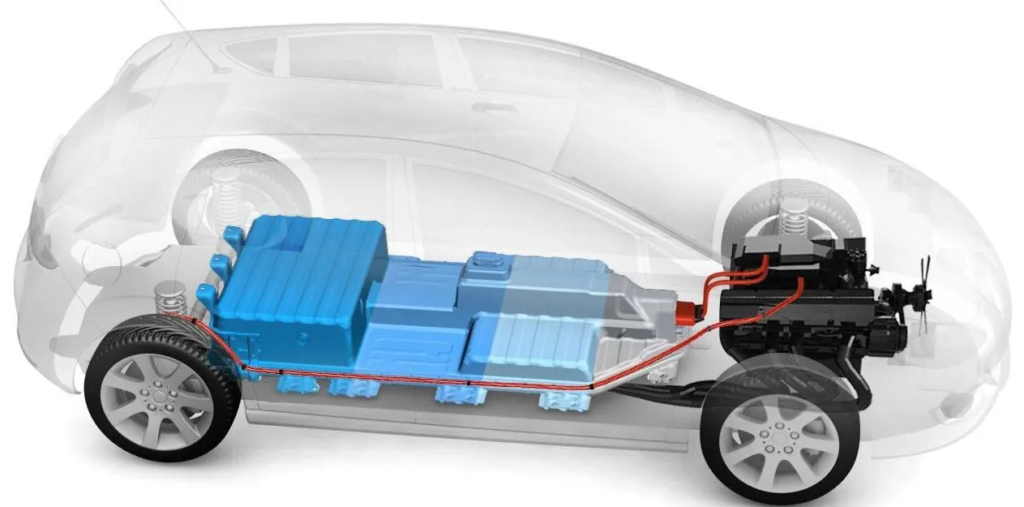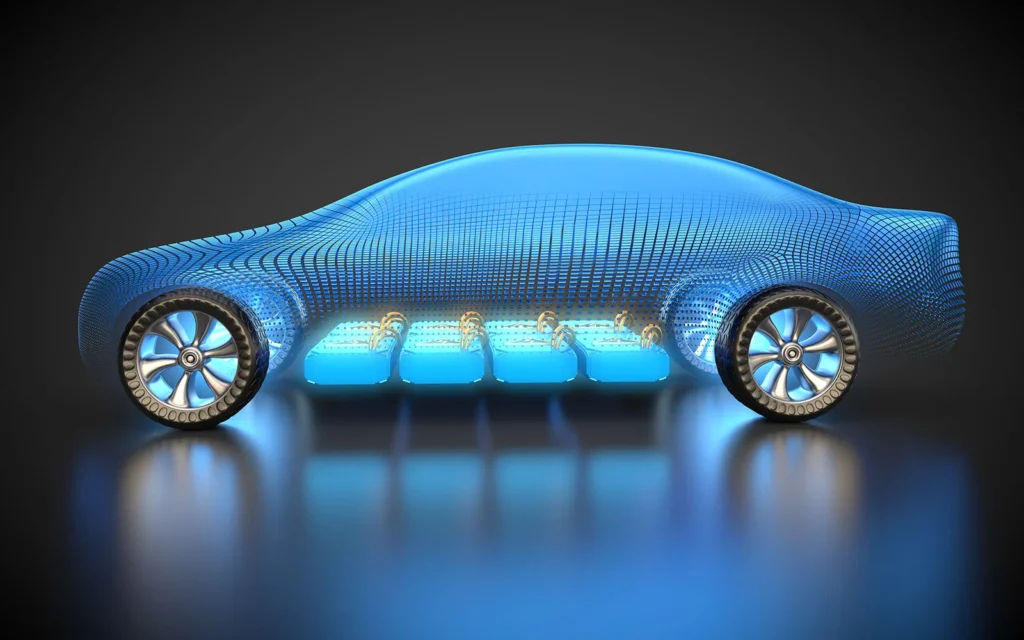As the world transitions towards sustainable energy solutions, electric vehicles (EVs) have emerged as a pivotal player in reducing carbon emissions and combating climate change. At the heart of every EV lies its battery, the cornerstone of its performance and range.
Optimizing electric vehicle battery innovation is crucial to enhance their efficiency, longevity, and environmental impact. In this article,
Material Advancements:
To enhance battery performance, research and invest in advanced materials like lithium-sulfur, solid-state electrolytes, and silicon anodes. These materials have shown promising results in increasing energy density and reducing charging times.
Energy Density Enhancement:
Increasing the energy density of the best electric cars batteries is pivotal for extending their range. Utilize state-of-the-art technologies and materials to pack more energy into a smaller space without compromising safety.
Fast Charging Capabilities:
Develop fast-charging solutions to reduce charging times and increase convenience for the best electric SUV and cars users. This involves advancements in both hardware (chargers) and software (battery management systems) to handle higher charging currents.

Thermal Management Systems:
Implement efficient thermal management systems to regulate the temperature of the battery pack. This prevents overheating during charging and discharging, which can significantly impact battery life.
Cycle Life Improvement:
Extend the lifespan of EV batteries by focusing on strategies to increase the number of charge-discharge cycles they can endure. This includes advancements in cell chemistry, coatings, and cell design.
Recycling and Sustainability:
Promote sustainable practices by developing recycling technologies that allow for the recovery of valuable materials from end-of-life batteries. This reduces the demand for new raw materials and minimizes environmental impact.
AI-Powered Battery Management:
Leverage artificial intelligence algorithms for predictive maintenance and optimal battery management. These systems can monitor battery health, predict potential issues, and optimize charging and discharging patterns.
Standardization and Compatibility:
Establish industry-wide standards for battery packs, connectors, and charging protocols. This ensures interoperability between different Electric Vehicles models and charging infrastructure, making EV adoption more seamless.

Collaborative Research and Development:
Foster collaboration between automakers, battery manufacturers, and research institutions. This interdisciplinary approach accelerates innovation by pooling resources, knowledge, and expertise.
User Education and Engagement:
Educate consumers about best practices for maximizing battery life, such as avoiding deep discharges, utilizing regenerative braking, and avoiding extreme temperatures. Engage with users to gather feedback and insights for continuous improvement.
Conclusion
Optimizing top electric vehicles battery innovation is a multifaceted endeavor that requires collaboration, research, and investment across various domains.
By focusing on material advancements, energy density, fast charging, thermal management, cycle life, recycling, AI-powered management, standardization, collaboration, and user education, we can pave the way for more efficient, sustainable, and accessible electric vehicles.
Together, these efforts will not only revolutionize the automotive industry but also contribute significantly to a greener, more sustainable future for our planet.
